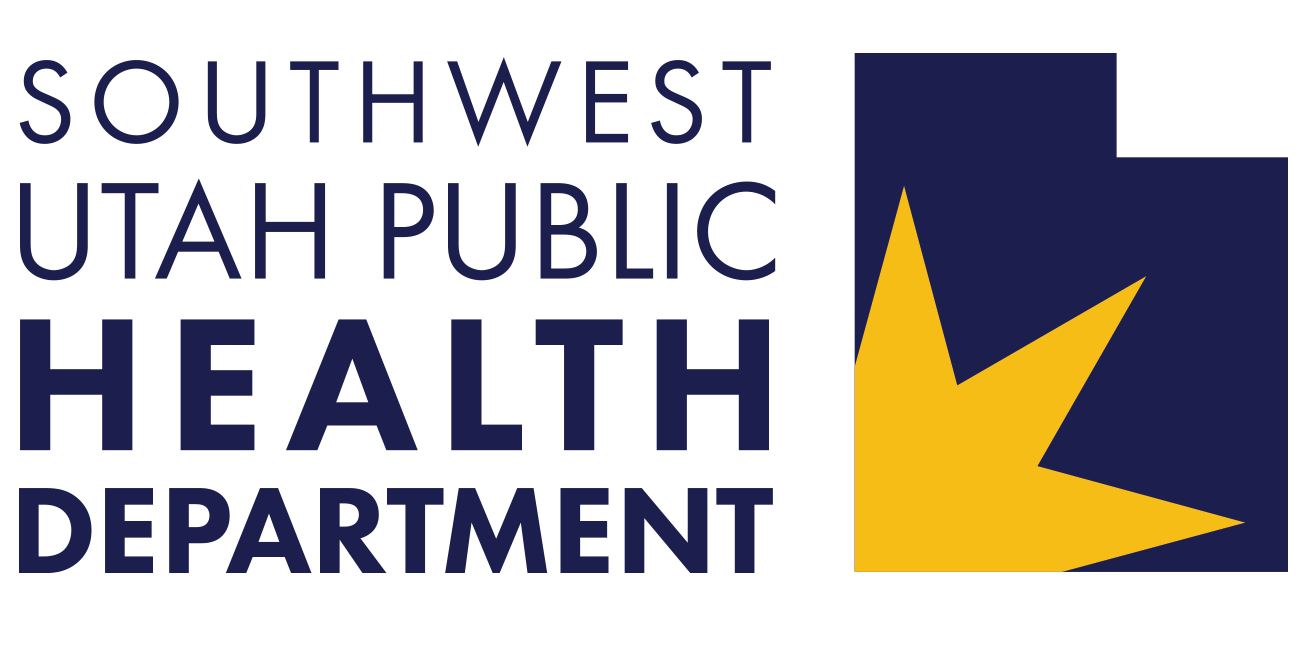On a trip to the Oregon Coast last year, I snapped a picture of a sign posted at a food establishment I visited, which said:
WE HATE to inform you, but unless YOUR DOG is a service animal, it is not allowed within this establishment.
Now that we have your attention…we really love all animals. Unfortunately, Oregon law prohibits all animals except service animals in grocery stores, restaurants, and other food establishments.
As a health inspector, I’m always looking at how other health districts are handling sensitive issues, and I thought this was a humorous way to let the public know about the requirements of the FDA Food Code, which does not allow any animal in a food establishment – unless it is a service animal.
As a health inspector, I’m always looking at how other health districts are handling sensitive issues, and I thought this was a humorous way to let the public know about the requirements of the FDA Food Code, which does not allow any animal in
a food establishment – unless it is a service animal.
The FDA Food Code aligns with the ADA (Americans With Disabilities Act) in how it defines a Service Animal:
- A service animal is typically a dog that has been individually trained to perform tasks directly related to a person’s disability (tasks include guiding or alerting individuals with visual or hearing impairments, detecting medical conditions, or assisting during psychiatric episodes).
- Emotional support, comfort, or therapy animals are NOT considered as service animals, even with a doctor’s note.
- A service animal is not considered to be a pet.
Service animals are allowed in restaurants wherever the public is normally allowed, including dining rooms, outdoor seating areas, and waiting areas. They are not permitted in food preparation or storage areas.
There are additional guidelines all food service establishments should know:
- Staff may only ask two specific questions to determine if a dog qualifies as a service animal: 1: “Is the dog required because of a disability?” and 2. “What work or task(s) is the dog trained to perform?”
- Staff cannot request documentation or ask for details about the customer’s disability.
- The customer must keep their dog under control with a harness or tether, unless those would impede its ability to perform tasks. The animal should not be disruptive, aggressive, or exhibit unsafe behavior (like barking excessively or jumping on people), otherwise the restaurant has the right to ask that the animal be removed.
- Service animals must not pose a hygiene or food safety risk. If the dog has an accident or causes a mess, it must be promptly cleaned in compliance with sanitation standards.
- Staff members are not required to provide care, food, or water for the service animal.
- Restaurants may not refuse entry, segregate, or charge additional fees to individuals with service animals, as long as the animal complies with behavior standards and hygiene guidelines.
Restaurant owners should train their staff on ADA and FDA rules and plan how to handle animal-related cleanups, conflict de-escalation, and customer complaints. Signage should be posted specifying that service animals are welcome but pets and non-service animals are not permitted (find a printable sign at swuhealth.gov/food and click the “No Pets Allowed” link or request a sticker by calling 435-986- 2584).
Utah restaurants may (but are not required to) allow non-service dogs in outdoor patio areas as long as they meet certain standards. These include separate entrances, proper signage, proper restraints, and cleanliness. Search online for Utah Rule R392-100 for more details.
Restaurants must strike a balance between accommodating service animals and maintaining high standards of food safety and customer satisfaction. By understanding these regulations, we can help restaurants maintain a safe and welcoming environment for everyone.
This article originally appeared in the Spring 2025 issue of HEALTH Magazine.






